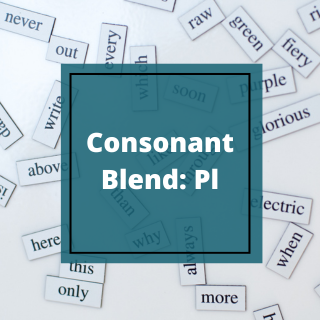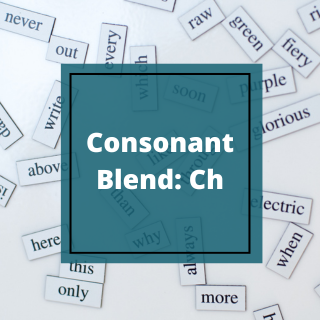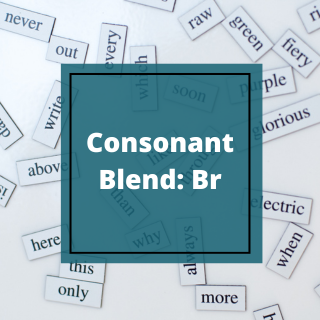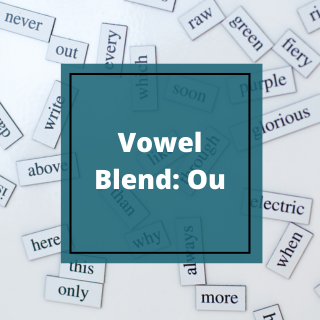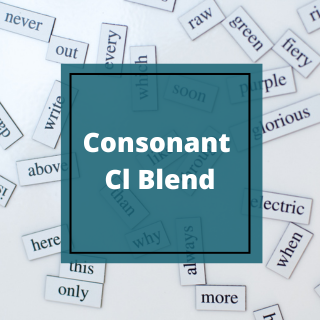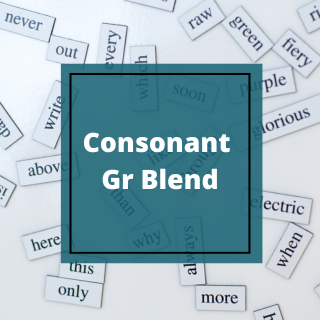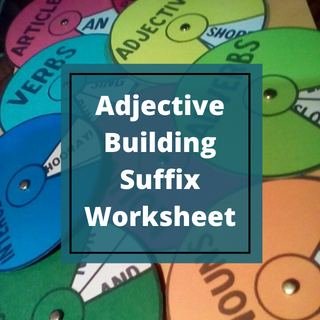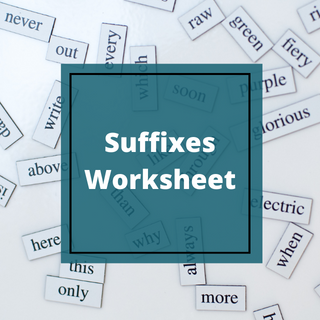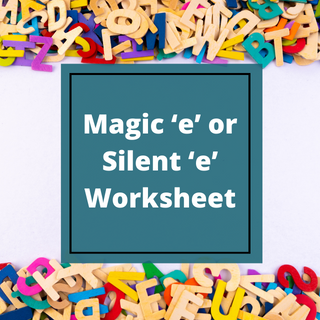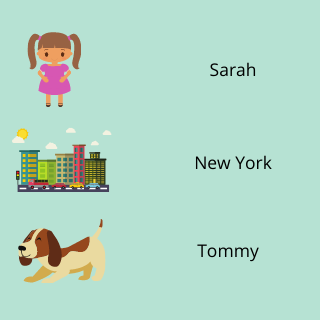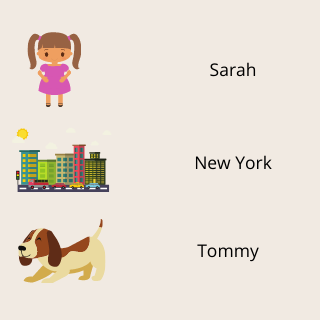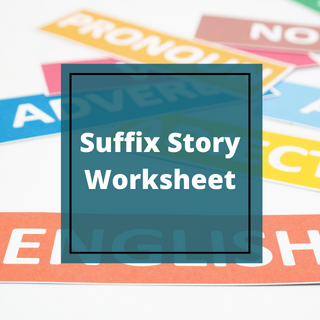
Worksheet
Suffix Story Worksheet


This suffix story worksheet is designed for 6 to 12-year-old children to help them comprehend thoroughly about suffixes and how to find the words with suffixes in the story.
When the children are firm with the lessons on suffixes, they can practice this worksheet. This worksheet helps a child to understand and practice different types of suffixes along with their meaning in a story manner.
Suffixes in a Story
Suffix meaning: A suffix is added to the end of the root word to change the meaning of the word. It might change the verb form or also the part of speech of the root word. Some commonly used suffixes are – ing, -ed, -ly, -es, -ally, and -ize
For example,
- Play + ed = played
- Help + ing = helping
- Final + ize = finalize
- Dent + ally = dentally
- Love + ly = lovely
- Class + es = classes
How to Practice the Suffix Story Worksheet?
The stories have also been a fascination for the children. Be it play, eating food, writing, or reading; stories can be built anywhere.
In a Montessori elementary classroom, a child is well-versed in the words and phrases formation. Reading and writing stories let the child use their imagination in words. Therefore, it is very important for a child to comprehend with various suffixes and their usage in a paragraph or a story.
In this worksheet, a child is introduced to a story of two boys Josh and Troy who become competition to friends in mere circumstances.
Here, the child has to read the story aloud and identify and underline various words that end with – ing, -ed, -ly, -es, -ally, and -ize suffixes.
For example, at the start of the storyline: “Josh and Troy met in the park while playing with their friends. Troy was walking and Josh was playing football.”
In these lines, a child will observe words with suffixes i.e. playing, walking, and again playing and underline them. This is how; they will be able to find all the suffixes in the story.
After completing the story, encourage the child to read it loudly. Forming the new words with suffixes would help them enhance their vocabulary and improve their reading habit.
Download the worksheet and start practicing various types of suffixes and their usage.
Related worksheets
Consonant Blends Ch Worksheet
help the child learn ch blend words and their usage in sentences
View WorksheetConsonant Blends: Br Worksheet
Help the child learn br blend words and their usage in sentences
View WorksheetVowel Blends Ou Worksheet
help the child learn ou blend words and their usage in sentences
View WorksheetConsonant Blends: Cl Worksheet
help the child learn cl blend words and their usage in sentences
View WorksheetConsonant Blends: Gr
help the child learn gr blend words and their usage in sentences
View WorksheetConsonant Fl Blends Worksheet
help the child learn the words starting with consonant fl blends and its usage in the sentences
View WorksheetAdjective Building Suffix Worksheet
Enhance Your Child Writing and Language Skills with Creative Worksheet for Building a Strong Adjective Vocabulary.
View WorksheetSuffixes Worksheet
An Interactive and Engaging Worksheet for Building Vocabulary and Spelling.
View WorksheetMagic ‘e’ or Silent ‘e’ Worksheet
This worksheet helps the child to practice the formation of words with Magic 'e' or Silent 'e'
View WorksheetPrefix Re and Un Worksheet
Help the child practice the usage of Re and Un prefixes in the sentences
View WorksheetNegative Prefixes Worksheet
Help the child to learn how the meaning of the words changes using negative prefixes
View WorksheetCapitalization Practice Worksheet: Capitalization Rule 4
Helps the child learn and practice the application of rule 4 of capitalization
View WorksheetCapital Letters Worksheet: Based on Rule 3
help the child practice which word to capitalize based on its rules
View WorksheetCapitalization Worksheet: Rule 1
Help the child to practice capitalizing first word after full stop
View WorksheetCommon and Proper Nouns Worksheet
Identify common nouns and proper nouns in the sentences
View Worksheet


